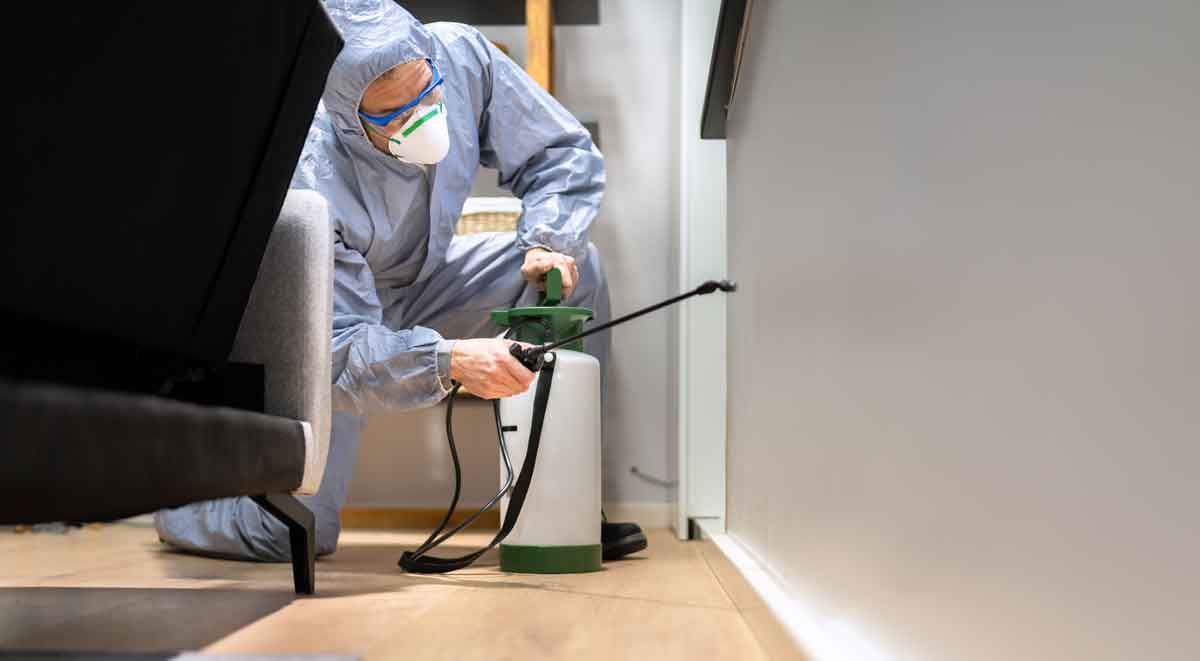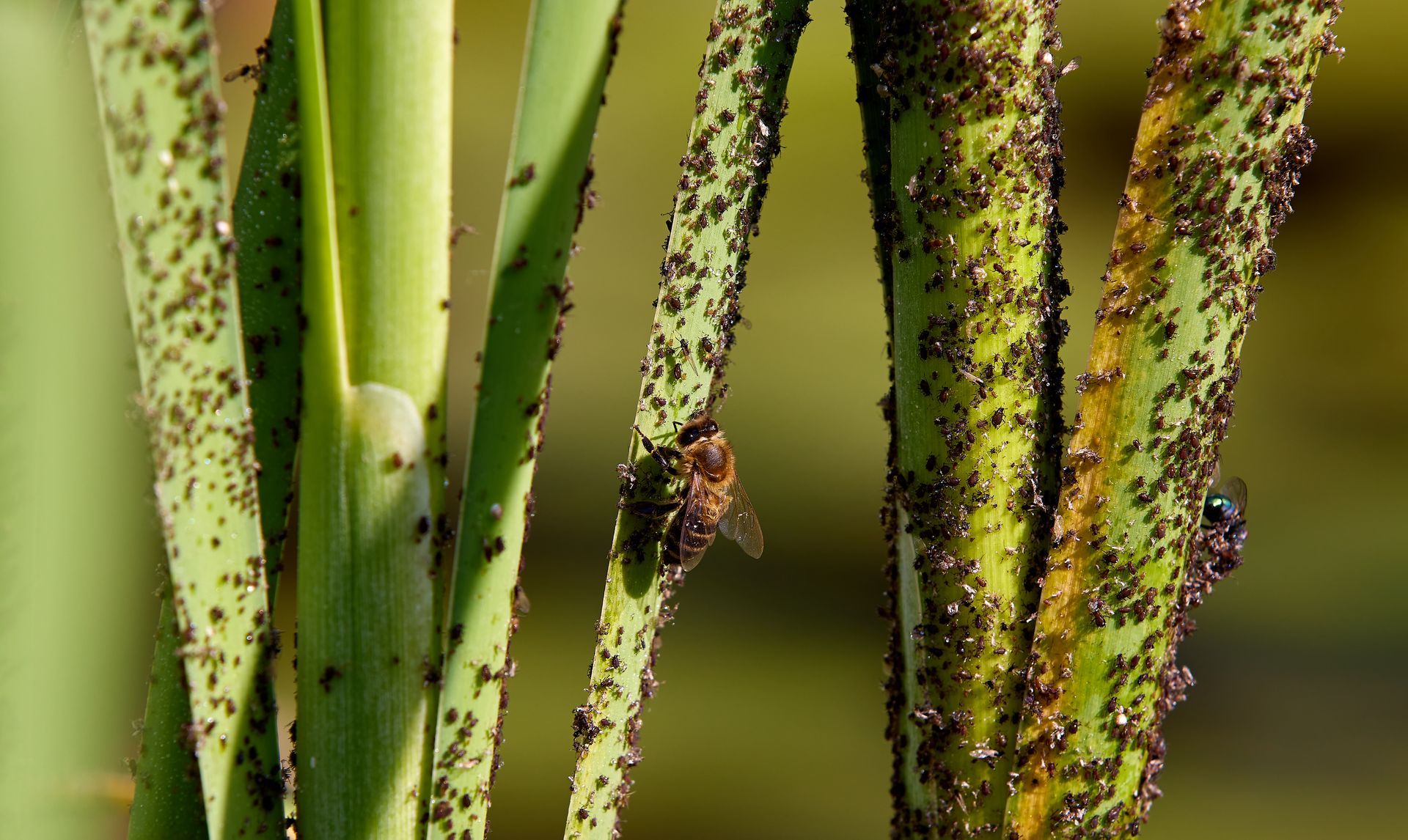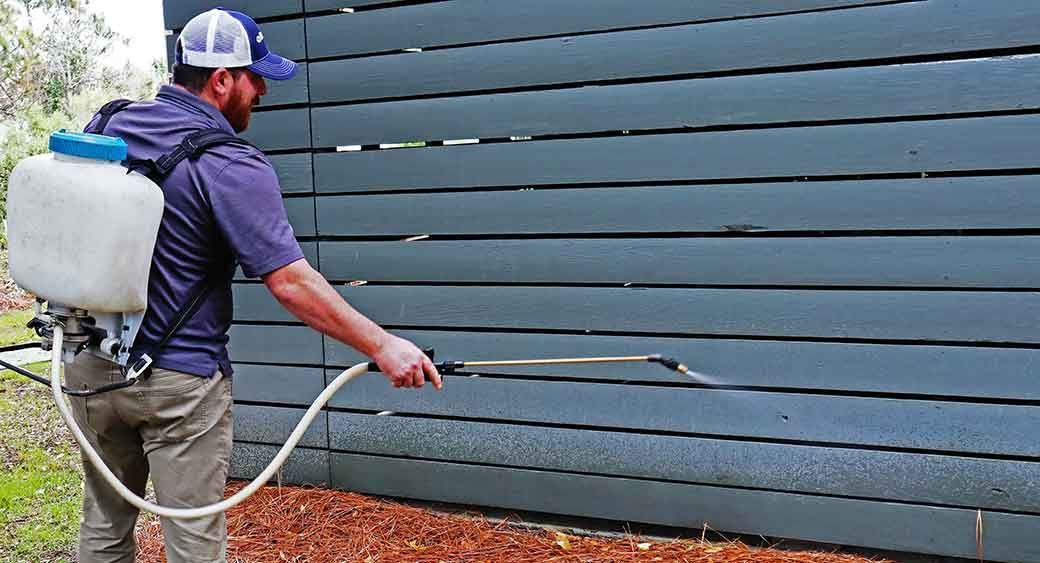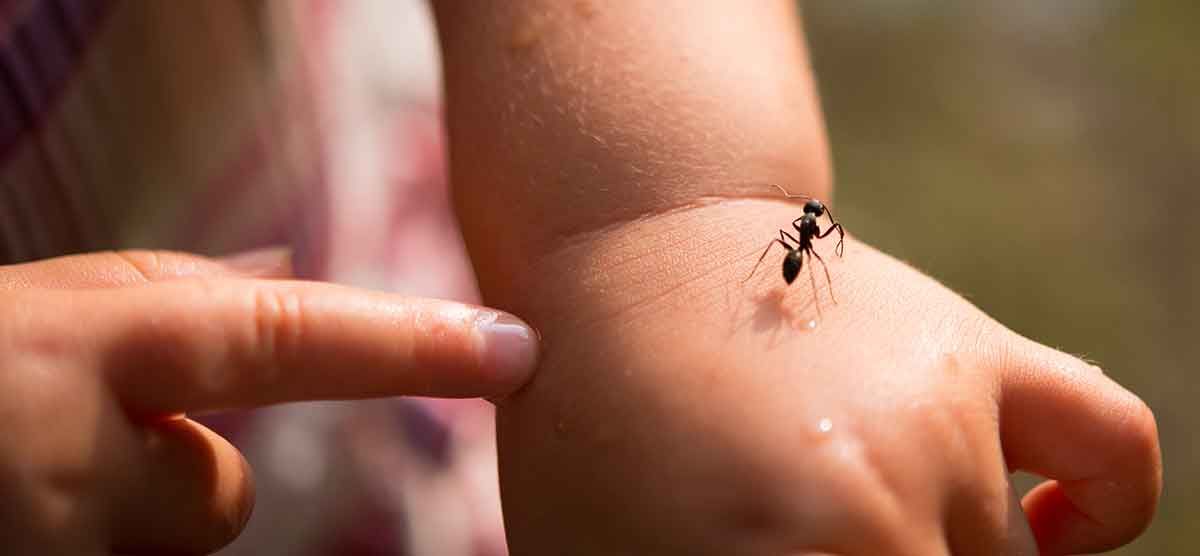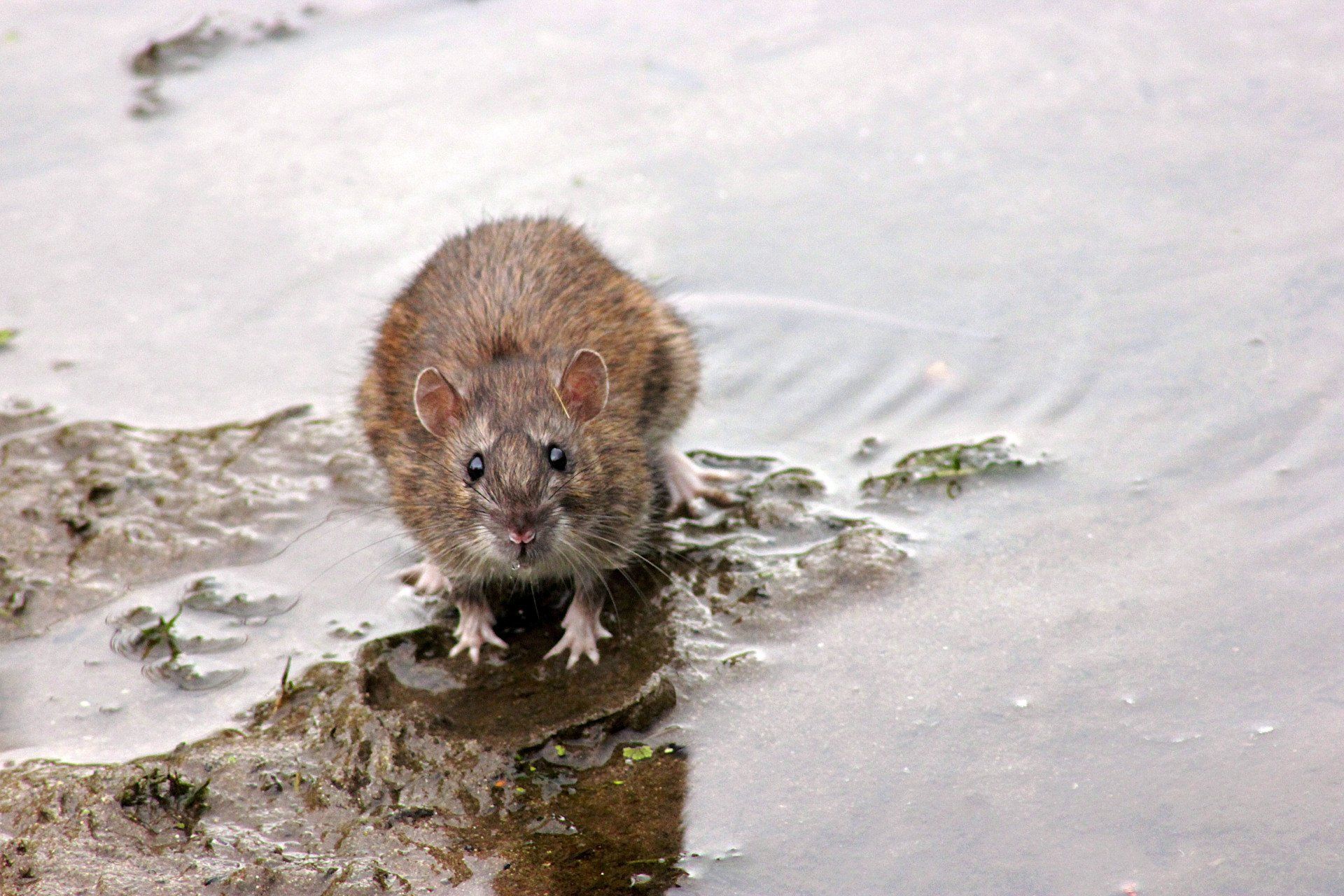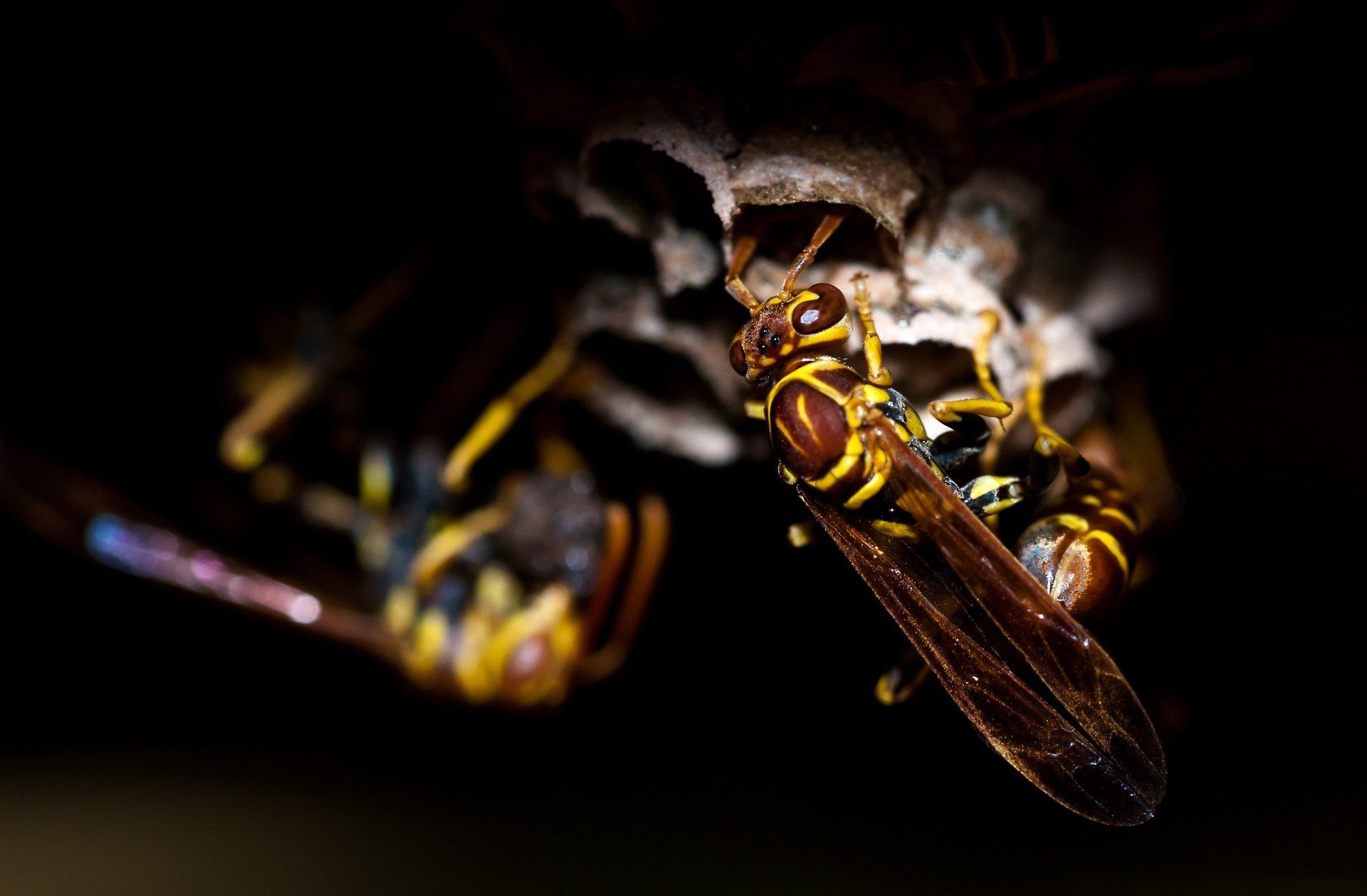Uninvited Guests: How to Identify Common Pests in Maryland
Maryland, with its diverse landscape and temperate climate, is home to a wide variety of pests that can become unwelcome visitors in our homes and gardens. While some of these pests are merely a nuisance, others can pose health risks and cause significant damage to property. Identifying these pests early on is crucial to implementing effective control measures. In this blog post, we will explore the common indoor and outdoor pests in Maryland, signs of infestations, tips for identification, and essential prevention measures. If you ever find yourself dealing with a pest problem, seeking professional pest control solutions can save you time, money, and stress.
Common Indoor Pests in Maryland:
- Cockroaches: Cockroaches are common indoor pests that thrive in warm and humid environments. They can contaminate food, trigger allergies, and carry diseases.
- Ants: Ants are social insects that can invade homes in search of food. Carpenter ants, in particular, can damage wood structures.
- Spiders: While most spiders are harmless, some species like the black widow and brown recluse can deliver venomous bites.
- Rodents: Rats and mice can find their way into homes, causing damage to property and transmitting diseases.
- Bedbugs: Bedbugs feed on blood and can cause itchy bites. They are notoriously difficult to eliminate once they infest a home.
Signs of Pest Infestations:
Identifying a pest infestation early is vital to preventing the problem from escalating. Look out for these signs:
- Droppings: Pest droppings are often a telltale sign of an infestation. Different pests leave distinct droppings that can help in identification.
- Chewed Wires and Wood: Damage to wires, furniture, and wooden structures can indicate the presence of rodents or termites.
- Strange Odors: Foul or musty smells can be an indication of hidden pest infestations.
- Nesting Materials: Finding nests or nesting materials in hidden corners of your home can point to a pest problem.
Identifying Insects and Rodents:
- Cockroach Identification: Cockroaches have a flat, oval-shaped body with long antennae and six legs. They vary in color from light brown to dark brown or black.
- Ant Identification: Ants have a segmented body with a narrow waist. They come in various colors, and some species have wings during certain stages of their life cycle.
- Spider Identification: Spiders have two body segments and eight legs. The shape, size, and color of spiders can help identify different species.
- Rodent Identification: Rats and mice have distinctive long tails, large ears, and constantly growing incisor teeth. Their size and specific features can help distinguish between different species.
Outdoor Pests to Watch Out For:
- Mosquitoes: Mosquitoes breed in standing water and can transmit diseases like West Nile virus and Zika virus.
- Ticks: Ticks are prevalent in wooded areas and can carry Lyme disease and other tick-borne illnesses.
- Stinging Insects: Bees, wasps, and hornets can build nests around homes and pose a threat to those with allergies.
- Deer and Garden Pests: Deer can cause significant damage to gardens and landscaping, while other pests like rabbits and squirrels can also be troublesome.
Prevention and Early Detection Tips:
- Seal Entry Points: Inspect your home for any gaps, cracks, or openings that pests could use to enter. Seal them with caulk or weather-stripping.
- Keep a Clean Home: Regularly clean and declutter your home, as pests are attracted to food debris and hiding places.
- Proper Food Storage: Store food in airtight containers and promptly clean up spills to avoid attracting pests.
- Outdoor Maintenance: Trim bushes and trees away from your home, clear debris, and eliminate standing water to reduce outdoor pest habitats.
Seeking Professional Pest Control Solutions:
Despite our best efforts, sometimes pests can still find their way into our homes and gardens. When facing a persistent or severe infestation, it's best to seek professional pest control solutions. Pest control experts have the knowledge, tools, and experience to identify the pests accurately and implement effective treatments that are safe for your family and pets.
Identifying common pests in Maryland and understanding their behaviors can help us take proactive steps to prevent infestations and protect our homes and gardens. By being vigilant about signs of pest activity and following prevention tips, we can reduce the likelihood of uninvited guests taking over our living spaces. Remember, when dealing with significant or recurring pest problems, it's always wise to seek the help of professional pest control services for a quick and efficient resolution.
For more in-depth information about pest identification in Maryland, visit Masterful Pest's Pest Identification page.
By staying informed and proactive, we can create a healthier and more comfortable living environment, free from the disruptions and dangers that pests bring. Let's keep our homes pest-free and enjoy the beauty and tranquility that Maryland has to offer.
